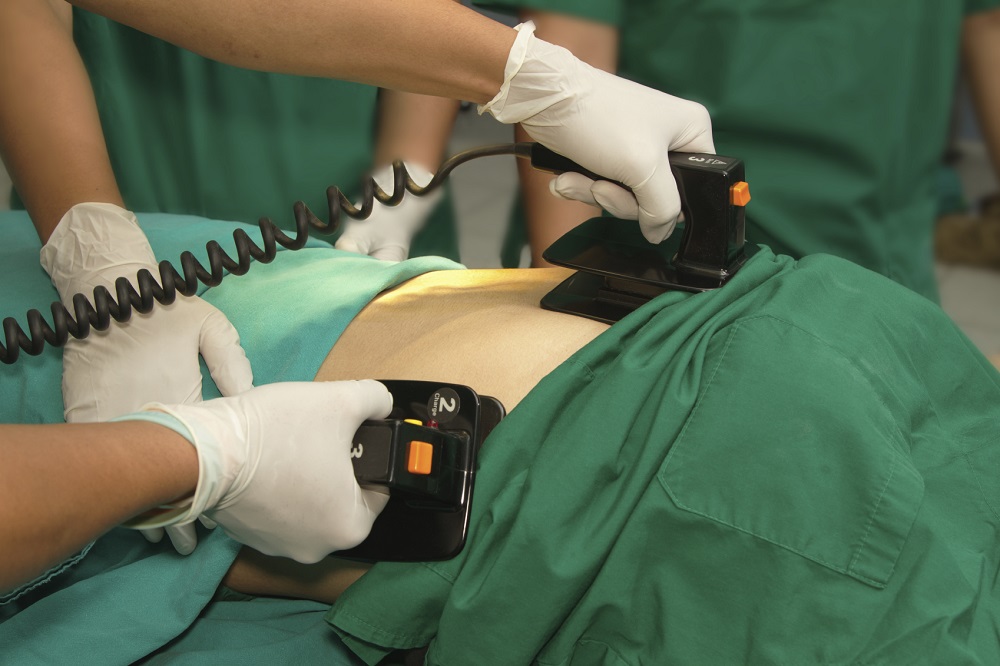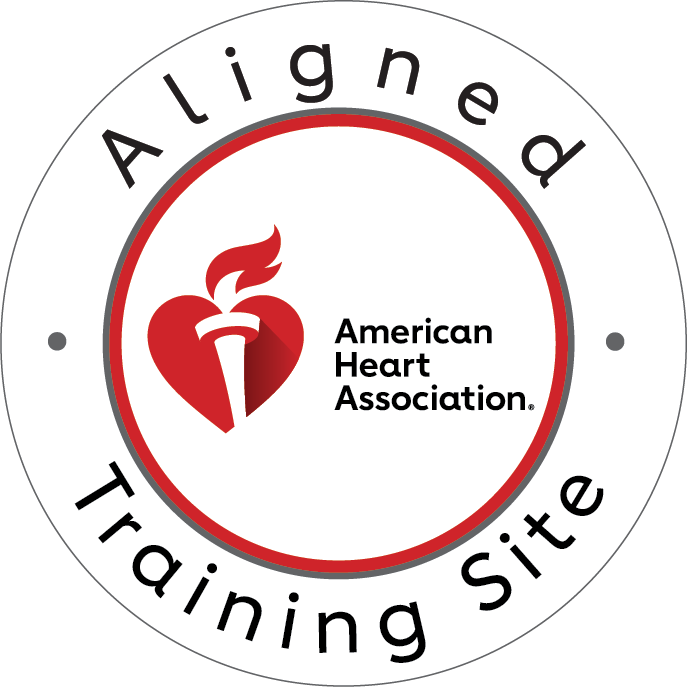Defibrillation represents one of the most crucial interventions in emergency cardiac care. However, despite technological advances, defibrillation doesn’t always succeed in restoring normal heart rhythm. Understanding why defibrillation fails is essential for healthcare providers and emergency responders who rely on this life-saving technology.
When cardiac arrest strikes, every second counts. While defibrillators can be remarkably effective, their success depends on numerous variables that healthcare professionals must understand. The failure of defibrillation attempts can result from patient-specific factors, equipment issues, or procedural errors that compromise the effectiveness of electrical cardioversion.
Understanding Defibrillation Success Rates
Defibrillation success rates vary significantly based on timing and circumstances. The effectiveness of defibrillation decreases by approximately 7-10% for every minute that passes without intervention. Consequently, immediate defibrillation within the first few minutes of cardiac arrest offers the highest likelihood of successful resuscitation.
Research demonstrates that defibrillation success rates can exceed 90% when applied within the first minute of witnessed ventricular fibrillation. However, these rates drop dramatically as time progresses, highlighting the critical importance of rapid response and proper technique.
Primary Causes of Defibrillator Failure
Equipment-Related Defibrillation Failures
Modern defibrillators are sophisticated devices, but mechanical failures can occur. Battery depletion represents the most common equipment-related cause of defibrillation failure. Regular maintenance schedules and battery checks are essential to prevent power-related failures during critical moments.
Additionally, paddle or electrode pad malfunctions can compromise electrical delivery. Poor electrode contact with the patient’s skin creates high impedance, preventing adequate energy transfer. Furthermore, damaged cables or connectors may interrupt the electrical pathway, rendering defibrillation attempts ineffective.
Patient-Specific Factors Affecting Defibrillation
Several patient characteristics can significantly impact defibrillation success rates. Chest wall thickness and body composition affect electrical conductivity. Patients with excessive chest hair, moisture, or skin conditions may experience reduced electrode contact, compromising defibrillation effectiveness.
Medication effects also influence defibrillation outcomes. Certain antiarrhythmic drugs can alter the heart’s electrical properties, making successful cardioversion more challenging. Moreover, electrolyte imbalances, particularly involving potassium and magnesium, can reduce defibrillation success rates significantly.
Procedural Errors in Defibrillation
Improper technique remains a significant contributor to defibrillation failure. Incorrect paddle placement or inadequate pressure can create poor electrical contact. The standard anterolateral position requires precise electrode placement to ensure optimal current flow through the heart.
Energy selection errors also contribute to failed defibrillation attempts. While modern biphasic defibrillators are more effective at lower energy levels, insufficient energy delivery may fail to terminate arrhythmias. Conversely, excessive energy can cause myocardial damage without improving success rates.
When Defibrillation Becomes Less Successful
Time-Dependent Factors in Defibrillation
The window for successful defibrillation narrows rapidly after cardiac arrest onset. Ventricular fibrillation deteriorates into asystole over time, making defibrillation ineffective. This progression typically occurs within 8-10 minutes, though individual variations exist.
Prolonged hypoxia and acidosis develop during extended cardiac arrest, creating conditions that reduce defibrillation effectiveness. The heart muscle becomes less responsive to electrical stimulation as cellular energy stores deplete and metabolic dysfunction progresses.
Underlying Cardiac Conditions
Certain cardiac pathologies make defibrillation inherently more challenging. Extensive myocardial infarction, severe heart failure, or structural heart disease can reduce the likelihood of successful cardioversion. The damaged or diseased myocardium may not respond appropriately to electrical stimulation.
Similarly, patients with implanted cardiac devices face unique challenges. Pacemakers or implantable cardioverter-defibrillators (ICDs) can interfere with external defibrillation attempts if not properly managed during resuscitation efforts.
Critical Factors Affecting Defibrillation Success
Environmental and Situational Factors
The environment where defibrillation occurs significantly impacts success rates. Wet conditions increase the risk of electrical arcing and reduce effective energy delivery. Therefore, patients should be moved to dry surfaces when possible, and excess moisture should be removed from the chest area.
Temperature extremes can also affect defibrillation effectiveness. Hypothermic patients may require multiple defibrillation attempts, while hyperthermia can increase the heart’s electrical instability, complicating successful cardioversion.
Metabolic Factors in Defibrillation
Acidosis represents one of the most significant metabolic factors affecting defibrillation success. As cardiac arrest progresses, cellular metabolism shifts to anaerobic pathways, producing lactate and reducing blood pH. This acidotic environment makes the myocardium less responsive to defibrillation attempts.
Hypoxia compounds these effects by further compromising cellular function. The combination of acidosis and hypoxia creates a challenging environment for successful defibrillation, emphasizing the importance of concurrent ventilation and circulation support.
Pharmacological Influences on Defibrillation
Various medications can impact defibrillation outcomes. Beta-blockers may reduce the heart’s responsiveness to electrical stimulation, while calcium channel blockers can affect cellular excitability. Additionally, antiarrhythmic drugs like amiodarone or lidocaine may alter the electrical properties of cardiac tissue.
Electrolyte abnormalities, particularly hypokalemia and hypomagnesemia, significantly reduce defibrillation success rates. These imbalances affect cellular membrane stability and electrical conduction, making successful cardioversion more difficult to achieve.
Optimizing Defibrillation Success Rates
Proper Technique and Training
Successful defibrillation requires proper training and technique. Healthcare providers must understand correct electrode placement, appropriate energy selection, and safety protocols. Regular training ensures competency in both manual and automated external defibrillator use.
Continuous chest compressions between defibrillation attempts help maintain coronary perfusion pressure, improving the likelihood of successful cardioversion. This approach, known as minimally interrupted cardiac resuscitation, has shown improved outcomes in clinical studies.
System-Based Improvements
Healthcare systems can implement strategies to improve defibrillation success rates. Rapid response teams, strategically placed defibrillators, and comprehensive training programs all contribute to better outcomes. Additionally, regular equipment maintenance and quality assurance programs ensure reliable defibrillator function when needed.
Post-resuscitation care also plays a crucial role in overall success. Even successful defibrillation requires appropriate follow-up care to address underlying causes and prevent recurrent cardiac arrest.
Conclusion: Maximizing Defibrillation Effectiveness
Understanding why defibrillation sometimes fails empowers healthcare providers to optimize their approach to cardiac emergencies. While multiple factors can contribute to defibrillation failure, proper technique, rapid response, and comprehensive training significantly improve success rates.
The complexity of defibrillation underscores the importance of ongoing education and skill maintenance. Healthcare providers must stay current with best practices and maintain proficiency in both basic and advanced cardiac life support techniques.
For healthcare professionals seeking to enhance their emergency response capabilities, comprehensive training in defibrillation techniques and cardiac life support is essential. Quality education programs provide the knowledge and skills necessary to maximize defibrillation success rates and improve patient outcomes.
Take Action: Enhance Your Life-Saving Skills
Don’t let knowledge gaps compromise your ability to save lives during cardiac emergencies. CPR St Louis, an American Heart Association training site, offers comprehensive certification programs that prepare you for real-world emergencies.
Whether you need CPR certification in St Louis or ACLS certification in St Louis, our stress-free, hands-on classes provide the practical skills and confidence you need. We offer initial certifications and renewals in BLS for Healthcare Providers, ACLS, PALS, and CPR and First Aid courses.
Contact CPR St Louis today – the Best CPR in St Louis – and ensure you’re prepared to respond effectively when every second counts. Your expertise could make the difference between life and death.





